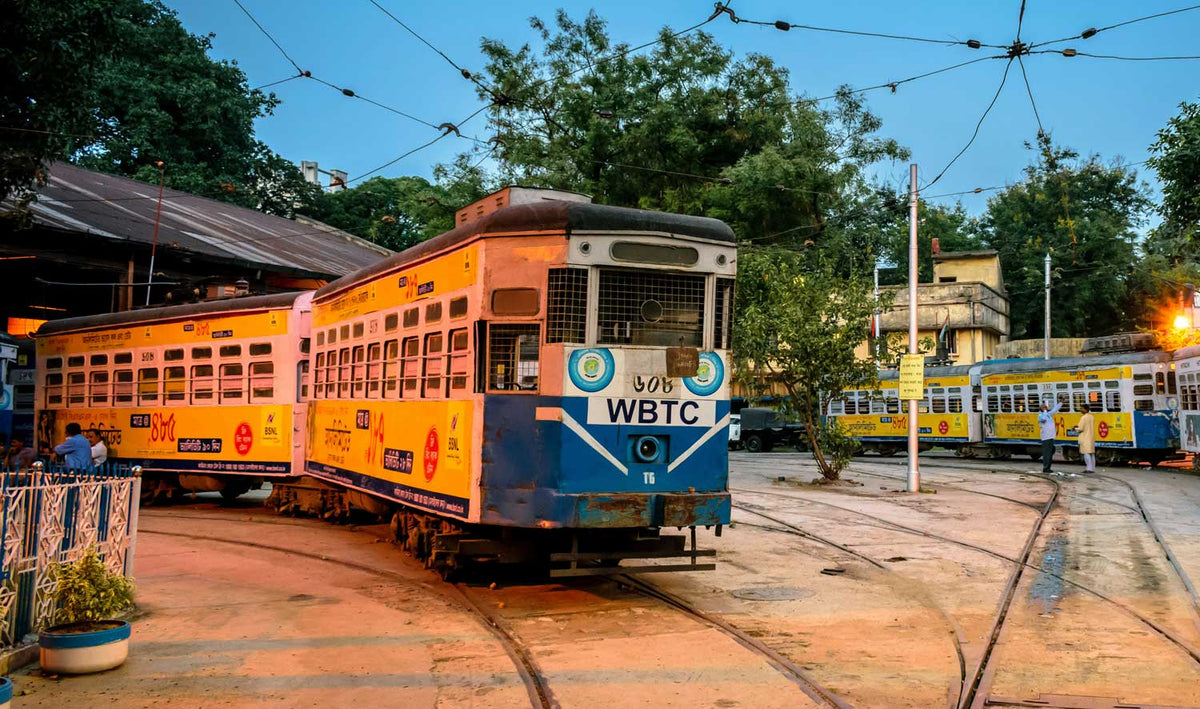
Dissecting Bengali Personal Names - Part 1 of 7
|
|
Time to read 2 min
|
|
Time to read 2 min
We take a deep dive in to the fascinating world of Bengali names. This is the 1st of 7 posts we've written on the subject. Each post is written in the form of notes and observations on the subject.
Every Bengali has 2 names: a Bhalonam (translates to good name) which is used in on formal occasions or for formal purposes i.e. school and college, official documents; and Daknam (translates to calling name) which is used by elders in the famly and close acquaintances. A Bengali child, when asked his name, would in all probability say "My bhalonam is Anindo, my daknam is Bubla."
The Daknam may be a derivative of the bhalonam (Shib - Shibu) or may be a nativization of a Sanskrit word (Krishno - Keshto). Sometimes, an element of contempt can be injected by changing the final vowel, thus Keshto - Keshta.
The Bhalonam is often a combination of two or more elements.
Bengali personal names have a second element or second name. It is by and large chosen from a limited set.
Some of the most common second names are Kumar (boy, prince), Nath (lord, husband), Chandro (moon), Prosad (food partaken and blessed by God), Ranjan (coloured).
For example, the first name Ajit (meaning invincible) could be succeeded by any of these and become:
The second name may coalesce with the first element to form a self-explaining compound. e.g. Amborish (ambar = sky, ish from ishwar, thus Amorish = God of the skies i.e. Lord Indra) or Bongshidar (bongshi = flute, dhar = hold, thus Bongshidhar = one who holds the flute i.e. Lord Krishna)
Bengali names also indicate the sex of the individual. Sometimes the masculine name can be converted to a feminine one by adding or changing the final vowel. Thus, Onupam - Onupama, Nirupam - Nirupama, Orun - Oruna, Nirmal - Nirmala.
However, the masculine-feminine alternation with the addition (or change) in the final vowel is not universally applicable.
Most masculine names cannot thus be converted; for instance, Anindo ('irreproachable') does not become Aninda in the feminine form. Similarly the feminine name Onuradha has no masculine form. More interestingly, one might be led astray by such pairs as in the case of Alok (masculine) and Aloka (feminine). For in this instance, the similarity is accidental: Alok means 'the sky', whereas Aloka means 'the treasury of Kuber, the wealth-god'.
Females, too, may have second names. The commonest second names for women in Bengali are Ranee (queen), Bala (maiden), Dashi (female servant) and Lata (creeper). Thus we have Gouri Ranee, Giri Bala and Horidashi.
One noticeable aspect of feminine second names is that they are slowly going out of use in modern, .educated and urban societies. On the contrary, however, modernization, literacy and urbanization have not prevented the male from persisting with second names.
The personal name in Bengali seldom has a caste orientation. The same name may be used by an individual belonging to any caste. It is the surname, not dealt with in this post, which reveals the caste. On the whole Bengalis, unlike other communities, have been able to keep themselves free from the caste menace.
Another peculiar feature of the Bengali way of life is that the personal name is almost always given more importance than the surname in social intercourse.
Some of the names are taken from the foreign stock. A name like Helena owes its existence to the Anglo-Indian contact. The vowel at the end of this word is an analogical phenomenon, a signal that the name is a feminine one.
Source: Book of Indian Names by Raja Ram Mehrotra